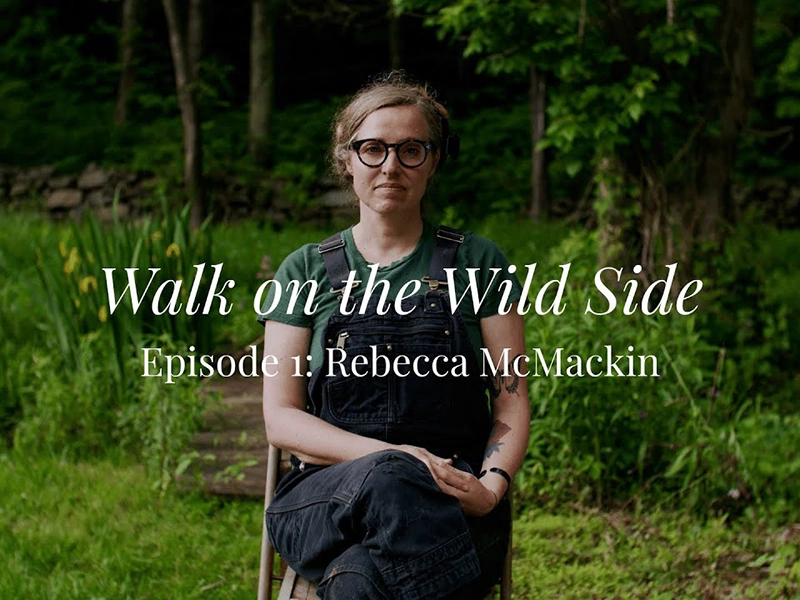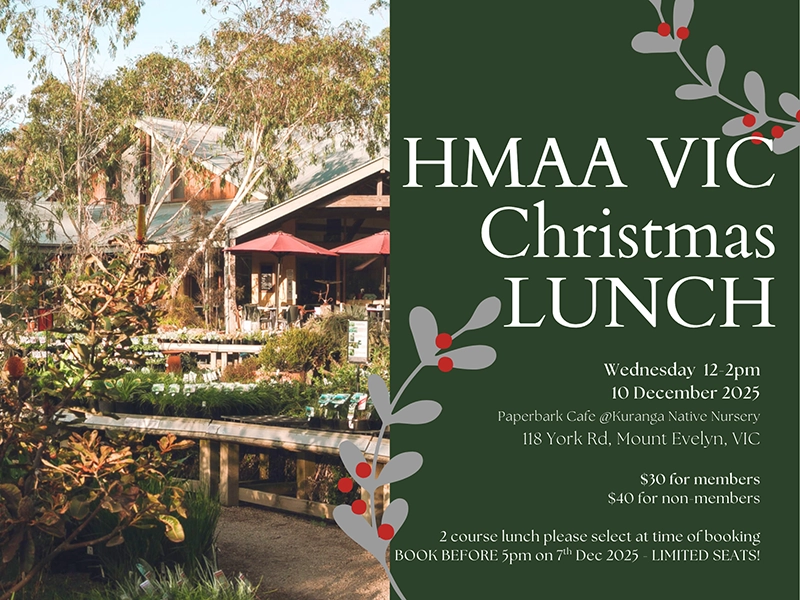Gail Thomas recounts the fascinating life and achievements of George William Frances, the first Director of the Adelaide Botanic Garden.
He was a multi-talented man of vision who travelled collecting seeds and plants. George William Frances was competent in French and Latin, skilled in drafting and surveying, and had an ambition of becoming a director of a botanic garden.
His biography, George William Francis first Director of the Adelaide Botanic Garden, was written by Barbara J Best, his great granddaughter. First published in 1986, this fascinating read on the origins of the Garden was reprinted in 2023 as more information about his life and times came to light.
Background
George William Francis (1800-1865) was born in London. In his 20s he travelled to Italy, Sicily and Spain on a botanical collecting tour. Along with lecturing on botany and other areas of science, an impressive writing career saw George publishing numerous scientific-related books, including a Dictionary of Arts and Sciences illustrated with more than 1100 of his engravings, along with editing a monthly Magazine of Science and School of Arts.
In 1838 George unsuccessfully applied for the positions of Directorship at the new Royal Gardens at Regent’s Park, and later the Chair of Botany at King’s College, London before moving his family to France in 1844. He returned to England in 1848 before embarking on his migration to Adelaide with his wife and children with the ambition of becoming the director of a botanic garden.
George and his family migrated to South Australia in 1849 where he explored his various interests. He was an original member of the Adelaid Lodge of Friendship, the South Australian Library and Mechanics Institute where he lectured on various subjects such as ‘Wonders of the vegetable Creation and ‘The effect of Vegetation on the Climate and Constitution of the Globe’, and a committee member of the Floricultural and Horticultural Society. He was also the first valuator appointed by the Adelaide City Council.
In 1855 George William Francis achieved his goal and was appointed inaugural Superintendent of the new Adelaide Botanic Garden on North Terrace. Rapid progress was made in garden design and layout with the garden formally opening in 1857 featuring flower beds along the main walk with sections dedicated to medicinal and textile plants, bulbs and grapes. Aviaries of exotic birds, along with enclosures for native animals increased visitor numbers intrigued by the attractions.
In 1860 George Francis became the first director of the Adelaide Botanic Garden, an office he held until his death in 1865.
In 1864 George designed a highly detailed ornamental layout for the Garden, which became known as the ‘Francis Plan’ and proved to be the pinnacle of his decade-long career as Director, establishing the foundations of the Botanic Garden as it is known today. He established the first herbarium and botanical library in Adelaide and is credited with popularising the peppercorn tree (Schinus areira), commonly associated with schoolyards throughout southern Australia.
George developed a strong friendship with Ferdinand von Mueller, Colonial Botanist for Victoria and later Director of the Melbourne Botanic Garden, who assisted him with information, plants and seeds. Ferdinand von Mueller also gathered unidentified specimens, sending those from South Australia to Francis for him to study or to add to the herbarium collection. One newly discovered plant from the Spencer’s Gulf area von Mueller named Hakea francisiana after Francis.
Interestingly, Daniel Bunce, the first curator of the Geelong Botanic Gardens also collaborated with von Mueller and was one of 14 applicants for the position of Director of the Adelaide Garden after Francis’s death.
George Francis diversified his interests by journeying further afield in 1861 to visit the botanic gardens in Melbourne and Sydney, returning with extensive collections of plants and animals for Adelaide. In the same year he made detailed studies of native reptiles, animals and birds, submitting articles on them to Farm and Garden.
George Francis made the first olive oil in South Australia. It won an honourable mention at London’s Great Exhibition in 1851.
He continued his writing career with articles on food preserving with recipes highlighting the uses for apples – drying, used in drinks, wine and cider, making biscuits, jelly, marmalade, paste and cheese – along with the many uses for lemons and oranges. Another article was titled ‘How to polish boots’. He also wrote on how to make beetroot sugar and preserve butter. Other articles included ‘How to rear calves without the cow’, improving tallow for candles and how to make blood cement by mixing gum from trees with blood, which, “when dry resists both hot and cold water and fire, and is not apt to crack under any circumstances”.
George Francis is remembered for a diverse legacy of interests from seed and plant collecting, design and other sciences. An obelisk was erected to his memory in 1866. It sits to the right of the main gates features in the Garden. An oval brass plaque has the inscription:
“In remembrance of the late George William Francis Esq., F.L.S., F.H.S., First Director of this Garden by whom it was planned and laid out in the year 1855.”
Following in his footsteps
Some of George’s descendants followed in his footsteps in horticulture, botany and science. George’s great-great granddaughter, Judy Fyfe, who is Treasurer of the Friends of Geelong Botanic Gardens, is one of the family members who helped update his biography. She explains: “Other family members have studied at Burnley or done forestry, and George’s great granddaughter Blanche Francis was an artist and woodcarver.”
Blanche was winning prizes in her teens for watercolour and flower-painting at the Port Pirie Agricultural Show in 1887. In 1891, she made her operatic debut in Mélesville’s ‘The Windmill’, and in the late 1890s she began exhibiting her paintings with the Adelaide Easel Club.
Although her early work focused on painting, Blanche demonstrated a strong talent for wood carving. In 1913, she was commissioned to design and hand-carve a solid walnut reredos measuring 7’ x 5’ (an ornamental screen the wall at the back of the altar) for the Anglican Church in Strathalbyn in SA.
The top frieze is a design of conventional roses, and the two single panels contain representations of St. Joseph’s lilies, drawn by Miss Francis from the actual flowers. She established an art school in her studio, predominantly teaching wood carving and in 1915, her school held an exhibition of over fifty articles entirely done by women and included tables, cabinets, hall stands and settees, and an entire bedroom suite carved from oak, walnut, and blackwood.
Book details
George William Francis first Director of the Adelaide Botanic Garden is available at the Garden or by post. Contact: judy.fyfe@bigpond.com.





